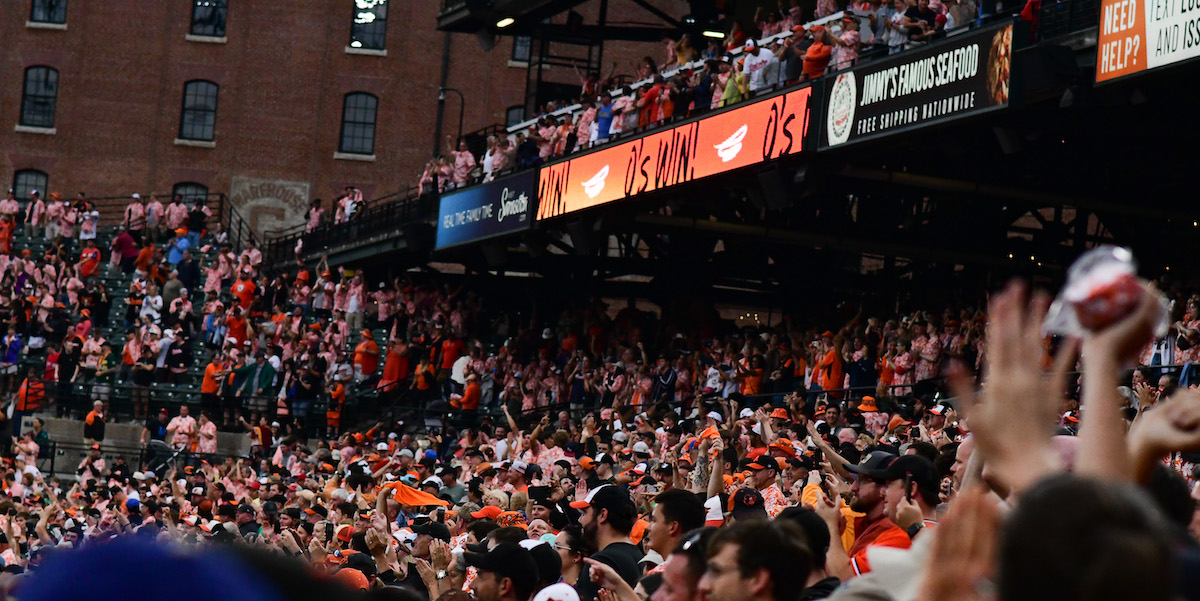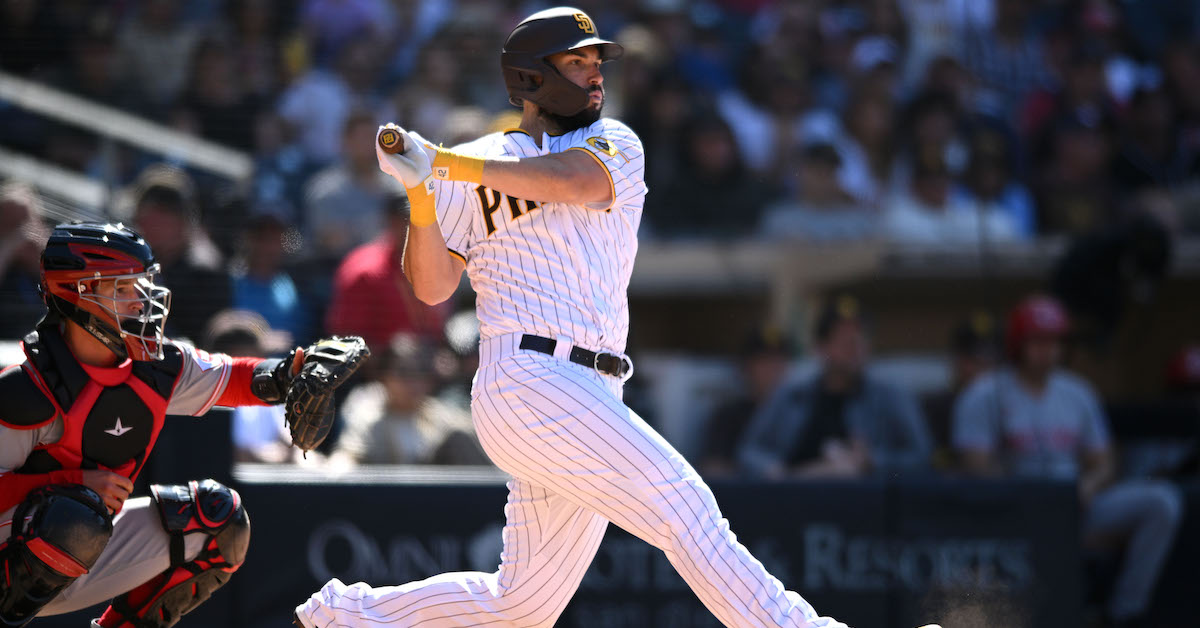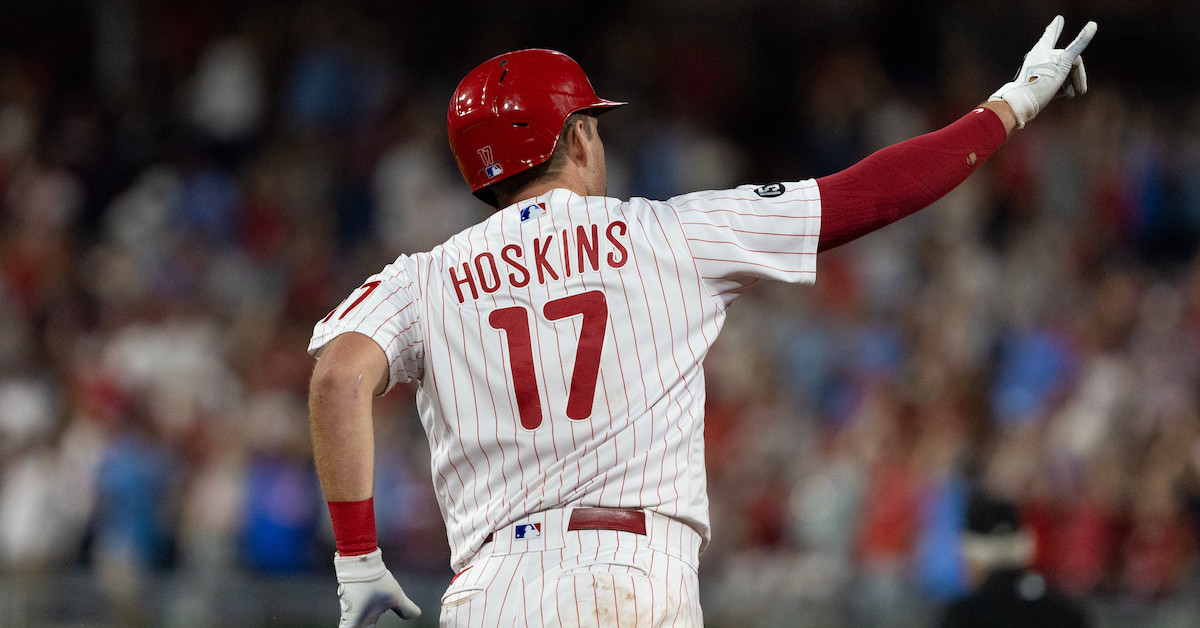Orioles Co-Hitting Coach Ryan Fuller Meets Players Where They Are

The Baltimore Orioles have been exceeding expectations this season, and an improved offense is one of the reasons why. Second from the bottom in runs scored last year, the Birds went into yesterday’s off day tied with the Chicago White Sox for seventh-most in the American League. While improved pitching and defense has arguably had a bigger impact, plating more runners has greatly benefitted the team’s fortunes.
Ryan Fuller has played a key role in the offensive uptick. A former University of Connecticut infielder who joined the Orioles organization as a minor league hitting coordinator in 2019, Fuller was promoted to big league co-hitting coach, along with Matt Borgschulte, last November.
In the latest installment of our Talks Hitting series, Fuller discussed the club’s new school meets old school philosophy — and some of the notable players who embrace it — when Baltimore visited Boston earlier this season.
———
David Laurila: What is your approach — the Orioles approach — to hitting?
Ryan Fuller: “Organizationally, what we believe in starts with making great swing decisions, swinging at the right pitches in the zone, and taking pitches that aren’t in the zone. If we do that, hard contact is going to come. And if we make hard contact, OPS, scoring runs — whatever metric you want to look at — is going to heighten. Read the rest of this entry »








